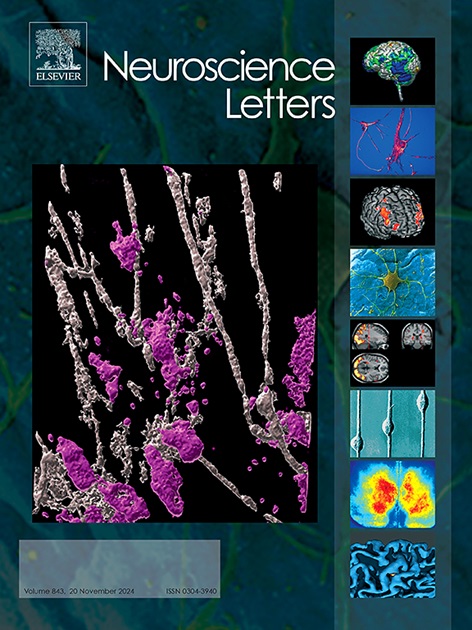揭示脑病特征:一种具有局部保留特征和混合神经网络的深度学习方法用于脑电图分析。
IF 2.5
4区 医学
Q3 NEUROSCIENCES
引用次数: 0
摘要
由于神经活动在大脑空间上的分散和神经元电活动的动态时间模式,脑电图信号表现出时空特征。本研究试图结合基于局部二值模式(LBP)的新颖局部保留特征提取和自定义微调长短期记忆(LSTM)神经网络,有效利用脑电图信号的时空特征来诊断脑病。一个精心策划的初级脑电图数据集被用来评估该技术治疗脑病的有效性。所有电极的脑电图信号被映射到一个空间矩阵中,自定义特征提取方法从中分离信号的空间特征。这些空间特征被进一步赋予神经网络,神经网络学习将空间信息与时间动态相结合,从原始脑电图数据中总结相关细节。这种统一的表示是在神经网络的输出层进行可靠的疾病分类的关键,从而产生一个鲁棒的分类系统,有可能提供改进的诊断和治疗。该方法具有提高脑病自动诊断的潜力,准确率达到90.5%。据我们所知,这是第一次尝试将空间和时间特征压缩并表示为脑病检测的单个向量,简化视觉诊断并为自动预测提供鲁棒性特征。这一进步为确保临床环境中的早期发现和干预策略提供了重要的希望,从而增强了患者的护理。本文章由计算机程序翻译,如有差异,请以英文原文为准。
Unveiling encephalopathy signatures: A deep learning approach with locality-preserving features and hybrid neural network for EEG analysis
EEG signals exhibit spatio-temporal characteristics due to the neural activity dispersion in space over the brain and the dynamic temporal patterns of electrical activity in neurons. This study tries to effectively utilize the spatio-temporal nature of EEG signals for diagnosing encephalopathy using a combination of novel locality preserving feature extraction using Local Binary Patterns (LBP) and a custom fine-tuned Long Short-Term Memory (LSTM) neural network. A carefully curated primary EEG dataset is used to assess the effectiveness of the technique for treatment of encephalopathies. EEG signals of all electrodes are mapped onto a spatial matrix from which the custom feature extraction method isolates spatial features of the signals. These spatial features are further given to the neural network, which learns to combine the spatial information with temporal dynamics summarizing pertinent details from the raw EEG data. Such a unified representation is key to perform reliable disease classification at the output layer of the neural network, leading to a robust classification system, potentially providing improved diagnosis and treatment. The proposed method shows promising potential for enhancing the automated diagnosis of encephalopathy, with a remarkable accuracy rate of 90.5%. To the best of our knowledge, this is the first attempt to compress and represent both spatial and temporal features into a single vector for encephalopathy detection, simplifying visual diagnosis and providing a robust feature for automated predictions. This advancement holds significant promise for ensuring early detection and intervention strategies in the clinical environment, which in turn enhances patient care.
求助全文
通过发布文献求助,成功后即可免费获取论文全文。
去求助
来源期刊

Neuroscience Letters
医学-神经科学
CiteScore
5.20
自引率
0.00%
发文量
408
审稿时长
50 days
期刊介绍:
Neuroscience Letters is devoted to the rapid publication of short, high-quality papers of interest to the broad community of neuroscientists. Only papers which will make a significant addition to the literature in the field will be published. Papers in all areas of neuroscience - molecular, cellular, developmental, systems, behavioral and cognitive, as well as computational - will be considered for publication. Submission of laboratory investigations that shed light on disease mechanisms is encouraged. Special Issues, edited by Guest Editors to cover new and rapidly-moving areas, will include invited mini-reviews. Occasional mini-reviews in especially timely areas will be considered for publication, without invitation, outside of Special Issues; these un-solicited mini-reviews can be submitted without invitation but must be of very high quality. Clinical studies will also be published if they provide new information about organization or actions of the nervous system, or provide new insights into the neurobiology of disease. NSL does not publish case reports.
 求助内容:
求助内容: 应助结果提醒方式:
应助结果提醒方式:


